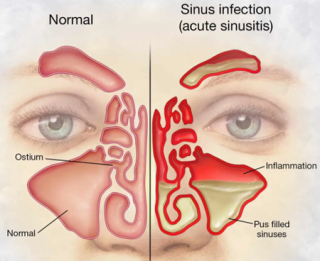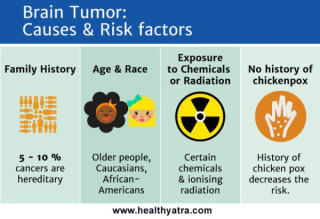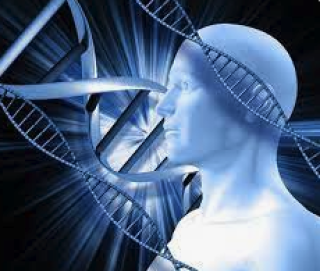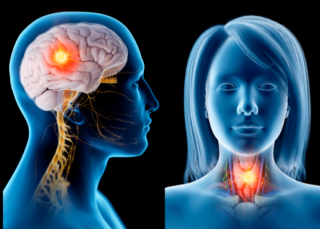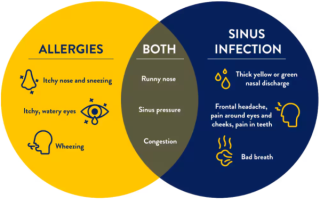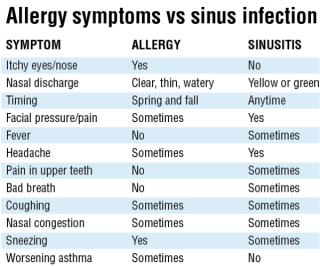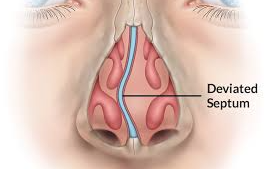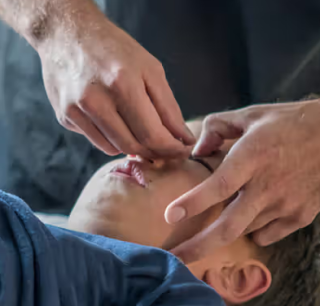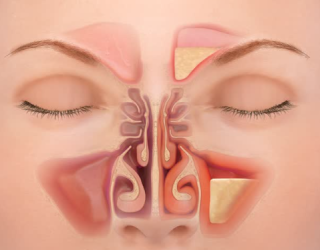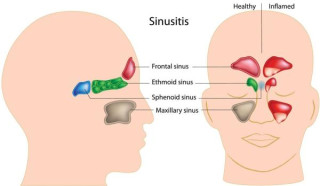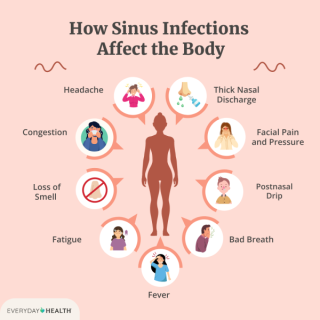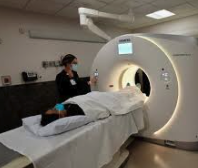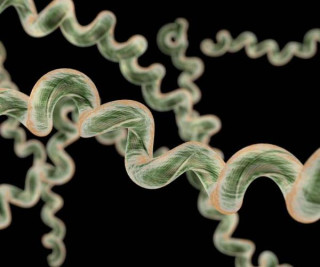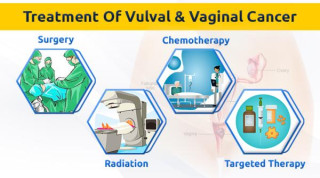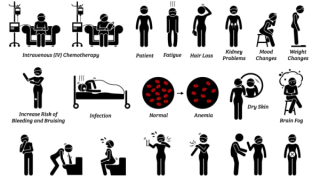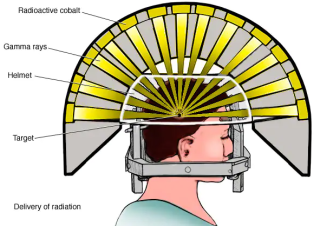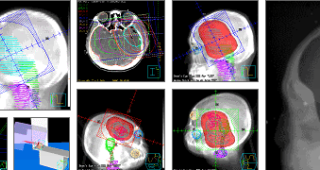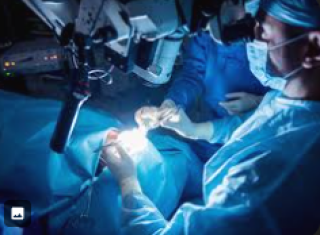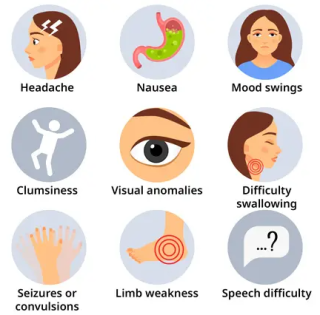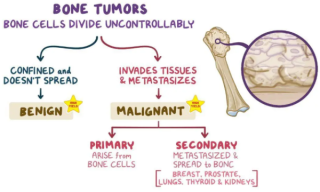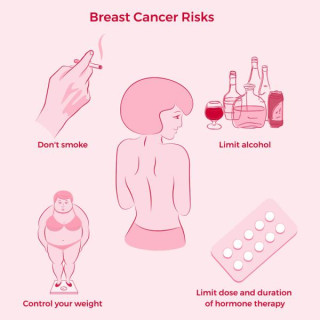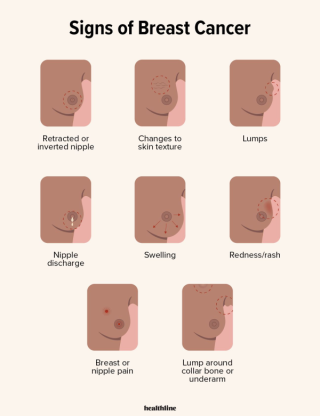Exploring the Rise in Sinusitis: Understanding the Factors Behind the Increaseupdated at Nov 08, 2025 1,287 1,287 The Alarming Increase in Sinusitis CasesIn recent years, |
Unraveling the Enigma: Exploring the Causes of Brain Tumorscreated at May 03, 2009 1,398 1,398 The precise causes of brain tumors remain largely unknown, |
Navigating Clinical Trial Decisions for Head and Neck Cancer Treatmentcreated at May 09, 2009 1,233 1,233 Clinical trial decisions for head and neck cancer treatment depend on several factors, |
What are the symptoms of PCOS?created at Oct 08, 2009 1,246 1,246 Understanding the Symptoms of Polycystic Ovary Syndrome (PCOS)Polycystic Ovary Syndrome (PCOS) is a hormonal disorder common among women of reproductive age.Its symptoms can vary significantly from person to person, |
Essential Guidelines for Those Undergoing Growth Hormone Therapycreated at May 14, 2009 1,307 1,307 Successfully undergoing growth hormone therapy requires diligent adherence to prescribed dosages and administration schedules, |
Navigating Life After Head and Neck Cancer Treatment: Practical Advice and Supportcreated at May 09, 2009 1,207 1,207 Life after head and neck cancer treatment involves a multifaceted recovery process focusing on physical rehabilitation, |
Exploring Treatment Options Beyond Surgery for Head and Neck Cancerscreated at May 09, 2009 1,225 1,225 Treatment options for head and neck cancers beyond surgery include radiation therapy, |
Exploring the Controversial Link Between Food Allergies and Sinusitiscreated at May 08, 2009 1,221 1,221 While not definitively proven, |
Understanding the Interplay Between Allergies and Sinusitiscreated at May 08, 2009 1,280 1,280 Allergies and sinusitis frequently interact, |
Understanding the Impact of a Deviated Septum on Sinusitisupdated at Nov 08, 2025 1,240 1,240 A deviated septum, |
Managing Expectations: How Long Until You Feel Better with Sinusitis Treatmentcreated at May 08, 2009 1,269 1,269 One common question that arises among individuals undergoing treatment for sinusitis is, |
Exploring Acupuncture as a Complementary Approach to Sinusitis Treatmentcreated at May 08, 2009 1,222 1,222 Acupuncture, |
How long does sinusitis have to be treated?updated at Nov 07, 2025 1,187 1,187 The required duration of sinusitis treatment is highly variable, |
Navigating the Maze of Sinusitis Medications: Understanding Side Effectscreated at May 08, 2009 1,371 1,371 Sinusitis medications, |
Navigating Side Effects from Sinusitis Medications: What You Need to Knowcreated at May 07, 2009 1,351 1,351 Sinusitis medications, |
Exploring Antibiotics for Sinus Infections: Understanding Treatment Optionsupdated at Nov 07, 2025 1,407 1,407 Sinus infections, |
Understanding Sinus Drainage: The Role of Ciliaupdated at Nov 08, 2025 1,299 1,299 Ciliary Action: The Body's Microscopic Conveyor BeltTiny, |
Demystifying Sinusitis Diagnosis: Insights into the Processupdated at Nov 08, 2025 1,423 1,423 Clinical EvaluationThe initial step in diagnosing sinusitis revolves around a comprehensive clinical evaluation.This includes a detailed discussion of your medical history, |
Unveiling the Culprits: Understanding the Causes of Sinusitisupdated at Oct 30, 2025 1,250 1,250 Sinusitis, |
Decoding Lyme Disease Diagnosis: Unraveling the Mysteryupdated at Nov 08, 2025 1,415 1,415 The Diagnostic Dilemma of Lyme DiseaseDiagnosing Lyme disease is notoriously complex and frustrating, |
Exploring Three Vulvar Cancer Treatmentscreated at May 05, 2009 1,243 1,243 Three common treatments for vulvar cancer include surgery, |
Navigating the Side Effects of Cancer Treatmentcreated at May 04, 2009 1,437 1,437 Cancer treatment, |
Understanding the Link: Vinyl Chloride, updated at Nov 13, 2025 |
Unraveling the Connection: Viral Hepatitis and Liver Cancer Riskcreated at May 04, 2009 1,332 1,332 Chronic infection with hepatitis B (HBV) and hepatitis C (HCV) viruses are major risk factors for liver cancer, |
Precision Treatment: Understanding Stereotactic Radiosurgery for Brain Tumorscreated at May 04, 2009 1,341 1,341 Stereotactic radiosurgery (SRS) is a precise radiation therapy technique used to treat brain tumors and other lesions.It delivers a highly focused, |
Understanding Radiation Therapy for Brain Tumorscreated at May 04, 2009 1,387 1,387 Radiation therapy for brain tumors uses high-energy radiation to kill cancer cells and shrink tumors.This can be delivered externally through a linear accelerator (external beam radiation therapy) or internally via implanted radioactive seeds (brachytherap... |
Understanding Surgery for Brain Tumors: A Comprehensive Guidecreated at May 04, 2009 1,288 1,288 Brain tumor surgery aims to remove as much of the tumor as safely possible while minimizing damage to healthy brain tissue.The approach varies depending on the tumor's location, |
What are the symptoms of Brain Tumors?updated at Nov 11, 2025 1,424 1,424 Brain tumor symptoms are highly variable, |
Exploring Treatment Options for Bone Cancer: A Comprehensive Guidecreated at May 03, 2009 1,447 1,447 Treatment for bone cancer depends on several factors including the type and location of the cancer, |
Demystifying Bone Tumors: Understanding Benign and Malignant Varietiescreated at May 03, 2009 1,252 1,252 Bone tumors are growths that develop in bone tissue, |
Understanding Your Risk: How Likely Are You to Get Breast Cancer?created at May 03, 2009 1,238 1,238 Your risk of developing breast cancer depends on many factors, |
Recognizing the Red Flags: Warning Signs for Breast Cancercreated at May 03, 2009 1,307 1,307 Warning signs of breast cancer can include a new lump or thickening in the breast or underarm, |
